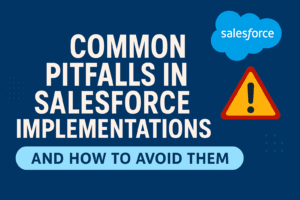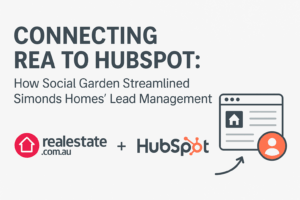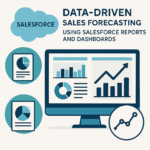BLOG
Common Pitfalls in Salesforce Implementations—And How to Avoid Them
Why Salesforce Implementations Fail (and How You Can Succeed)
Salesforce is one of the most powerful CRMs on the market. But with great power comes great complexity—and far too often, teams hit unexpected snags during rollout.
This blog highlights the top pitfalls we see in Salesforce implementations—and more importantly, how to avoid them by following a strategic, user-focused approach.
Pitfall #1: Starting Without Clear Goals
The Problem:
Many organizations dive into Salesforce without knowing what success looks like. They install features they don’t need and build workflows that don’t serve real business processes.
How to Avoid It:
🎯 Tip: Always start with your “why” before building the “how.”
Pitfall #2: Low User Adoption
The Problem:
If your sales reps don’t use the system, your CRM fails—no matter how powerful it is. This is usually caused by clunky interfaces, poor training, or irrelevant workflows.
How to Avoid It:
💬 “Make Salesforce easier to use than not using it—and adoption will follow.”
Pitfall #3: Over-Customizing Too Early
The Problem:
Trying to build out every possible feature in phase one leads to delays, cost overruns, and unused tools.
How to Avoid It:
The more relevant your content, the more effective your workflow.
🛠️ Best Practice: Get the basics right, then scale smart.
Pitfall #4: Misaligned Processes
The Problem:
Some teams try to bend their business to fit Salesforce’s defaults, creating friction and confusion.
How to Avoid It:
⚖️ Technology should fit your business—not the other way around.
Pitfall #5: No Post-Launch Plan
The Problem:
Timing matters. Add smart delays between messages (e.g., 2–4 days) and create branches based on engagement.
How to Avoid It:
🔁 Think of Salesforce as a product you continuously improve—not just a one-time install.
Learn from Real Salesforce Success Stories
Looking for more examples of Salesforce done right?
👉 Browse our Case Studies to see how we’ve helped teams streamline CRM workflows, boost adoption, and drive revenue growth.
Final Thoughts
Salesforce doesn’t fail because it’s a bad tool—it fails when it’s poorly implemented or misaligned with your business.
By avoiding these common mistakes and focusing on strategic planning, user adoption, and continuous improvement, you can turn Salesforce into a true growth engine.
Whether you’re launching Salesforce for the first time or fixing a rocky rollout, we’re here to help you make it a success.











